If you are a mountain climber or enjoy exploring mountains, consider conquering the high peaks of Asia, which are known for their awe-inspiring and sacred beauty.
Let’s explore the beautiful four-season scenery of Asia’s high mountains.
Jade Dragon Snow Mountain, China
Jade Dragon Snow Mountain is one of the highest mountains in Asia, with an average height of over 5000 meters. This mountain range is located in Lijiang City, Yunnan Province, China. The name somewhat describes the beauty of this mountain, which is covered in snow all year round, especially the Shanzidou peak, which reaches a height of 5,596 meters.

Jade Dragon Snow Mountain has an average height of up to 5000 meters. Photo: @olivehsu1988
For the Naxi people, Jade Dragon Mountain holds a sacred significance, symbolizing life and the strength of the local people. The snow-covered mountain is adorned with a lush carpet of vegetation, consisting of numerous rare tree species such as fir, pine, and rhododendron. Particularly, the rhododendron forest, which blooms vibrantly in spring, adds to the lush scenery.

The picturesque scenery at Ngoc Long Mountain. Photo: @lostraveleros
Nowadays, most tourists choose to take the cable car to enjoy the beauty of Jade Dragon Mountain. You will be immersed in the layers of snow covering the peak and mountain slopes, enjoying the majestic, beautiful, and romantic scenery. The beautiful landscape here changes throughout the four seasons, with spring considered the most beautiful due to the embellishment of blooming rhododendrons.
Puncak Jaya, Indonesia
If you ever have the opportunity to visit Indonesia, make sure to explore the dormant volcano named Puncak Jaya. Standing at a height of 4,884 meters, it is the fifth tallest mountain in Southeast Asia. Puncak Jaya, also known as “Carstensz Pyramid”, was named after the Dutch explorer Jan Carstenszoon, who discovered the glaciers on the mountain peak in 1623.

Puncak Jaya is a high and challenging mountain that tests climbers. Photo: @drjonkedski
Today, Puncak Jaya has become a popular destination for tourists, especially those who are passionate about trekking. However, the cost to explore this mountain can be quite expensive, amounting to hundreds of millions of dong. Additionally, climbers must obtain a permit from the government to experience and explore Puncak Jaya.

To conquer this mountain, you need to meet certain health and fitness conditions. Photo: @essy_maria
Despite the dangers and challenges of conquering Puncak Jaya, it still holds a unique allure. This is the only place where tourists can see snow and simultaneously stand on the highest peak of an island on Earth. In 1995, the mountain was closed to the public, and it was not until 2006 that it officially reopened for visitors to explore and enjoy.
Fansipan, Vietnam
When discussing the highest mountains in Asia, one cannot overlook Fansipan – a majestic peak located in Lao Cai province, Vietnam. This popular destination in the Northwest is an essential stop for tourists visiting Sapa. From the summit of Fansipan, you can admire the vast sea of clouds, witness snowfall, and explore the sacred complex of temples and pagodas.

Fansipan is a beautiful mountain and a pride of Vietnam. Photo: @f1stfaloo
Fansipan stands at a height of 3,147.3 meters and is most beautiful from September to April of the following year. If you’re interested in cloud hunting, winter is the ideal time to ascend Fansipan. Nowadays, visitors can reach the summit in just a few minutes by cable car. However, if you’re looking for a trekking spot in Asia, Fansipan is a worthy consideration.
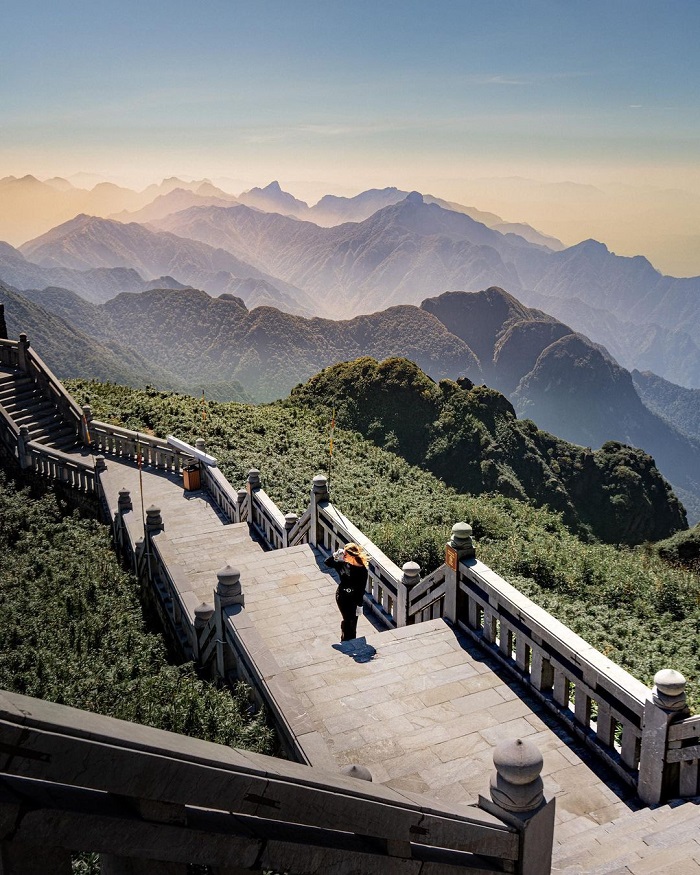
Visitors have the opportunity to visit the sacred temple complex on the top of Fansipan. Photo: @emmaastravels
From the peak of Fansipan, visitors can marvel at the magnificent panorama of other mountains in the Hoang Lien Son range. The varying heights of these mountains, covered in lush greenery and adorned with white clouds, add to the allure of Fansipan. Today, this mountain attracts numerous domestic and international tourists, especially during the winter and spring seasons.
Hallasan, South Korea
Another popular mountain in Asia is Hallasan, a dormant volcano located on Jeju Island, South Korea. Standing at 1,950 meters above sea level, it is the highest mountain in the country, often referred to by locals as Yeongjusa, meaning “mountain reaching the galaxy”.
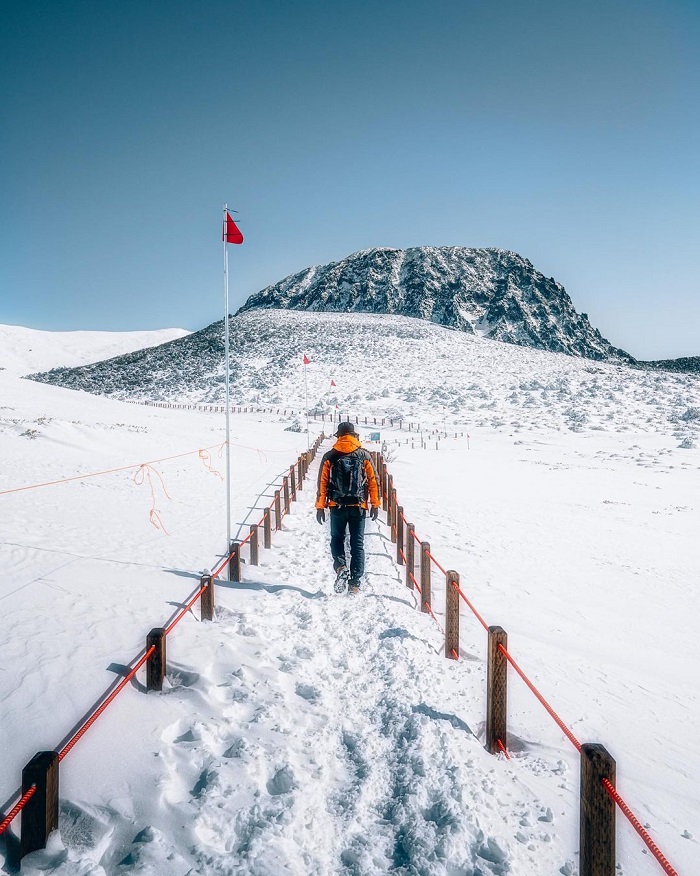
Hallasan is the highest mountain in South Korea, located on the picturesque Jeju Island. Photo: @im0gil
Hallasan boasts a diverse ecosystem, with various plant species distributed according to the mountain’s altitude. It is estimated that over 4,000 animal species and 1,800 plant species thrive on Hallasan. Therefore, hikers have the opportunity to observe and learn about the various species inhabiting the mountain.

Many tourists choose to conquer Hallasan in winter. Photo: @sang_e89
As the highest mountain in South Korea, successfully reaching the summit allows you to immerse yourself in a sea of white clouds, creating a poetic scene. Surrounding the mountain are several lower peaks, adding to the allure of the natural landscape. Hallasan presents a different beauty in each season: rhododendrons in spring, golden leaves in autumn, and a fresh green hue in summer.
Mount Fuji, Japan
When it comes to high mountains in Asia that possess breathtaking beauty, one cannot overlook Mount Fuji – the highest mountain in Japan, standing at an elevation of 3776 meters above sea level. It is also a symbol of the Land of the Rising Sun, serving as an inspiration for photography, literature, and painting. In 2013, Mount Fuji was recognized by UNESCO as a World Cultural Heritage site.

Mount Fuji is a symbol of Japan. Photo: @223_ochiai
Mount Fuji was once a highly active volcano, and it is considered to still be active even though it has been “asleep” since 1707. With its nearly 4000-meter height, Mount Fuji is covered in a layer of white snow at the summit all year round, painting a majestic and sacred picture.
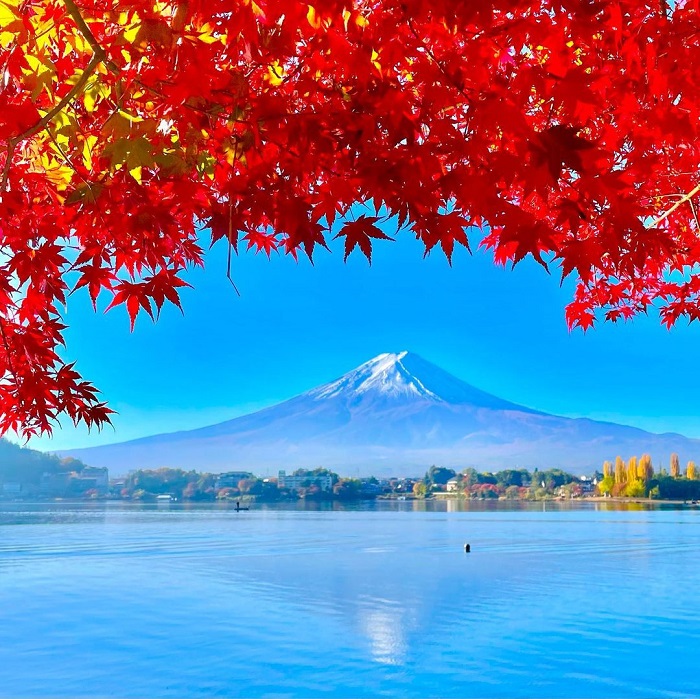
Mount Fuji is beautiful all year round. Photo: @matsuda.yamamoto
Every year, up to 300,000 people conquer this mountain to enjoy the impressive natural scenery and to pray for good luck and well-being. If you don’t have the physical strength to climb the mountain, you can still visit Japan and admire the beauty of Mount Fuji from a distance – a beauty that is incredibly special regardless of the season.
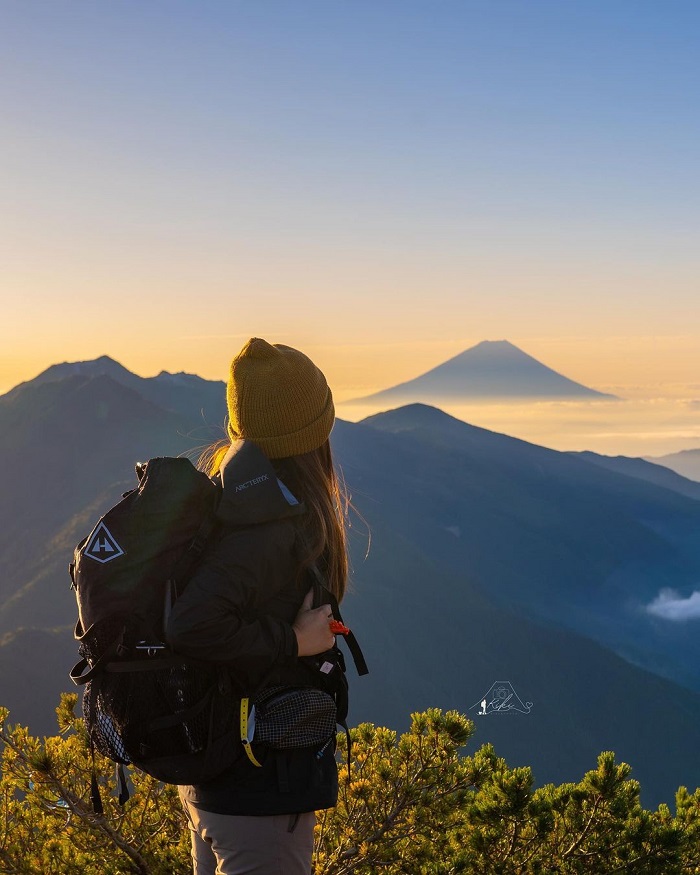
When visiting Japan, remember to visit Mount Fuji. Photo: @kiki_fujisan
Each high mountain in Asia has its own unique beauty, whether it’s the grandeur, the beauty of the pristine sacredness, or the bright, radiant beauty. Therefore, depending on your “experience taste”, you can choose the right mountain to conquer and explore.

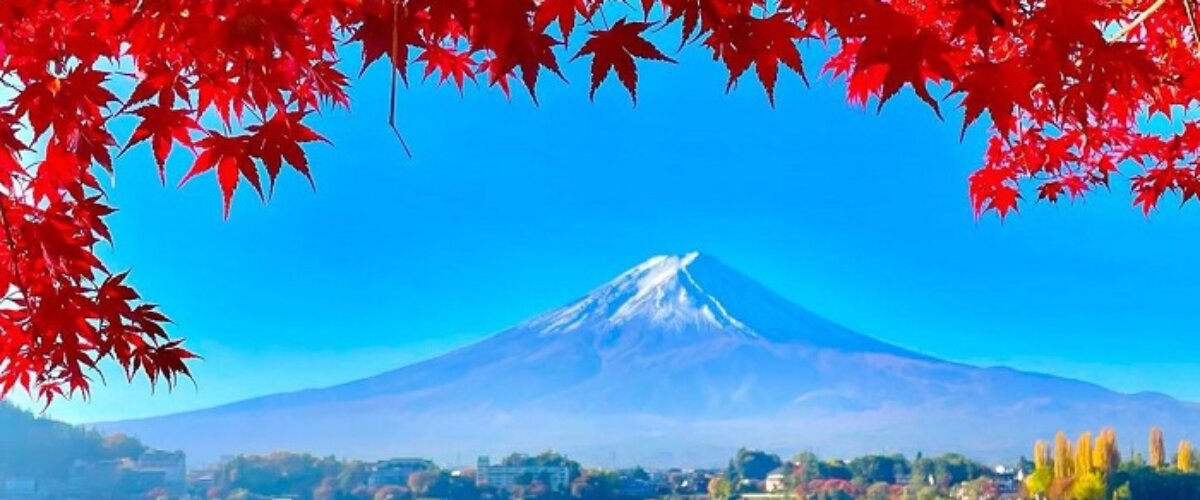


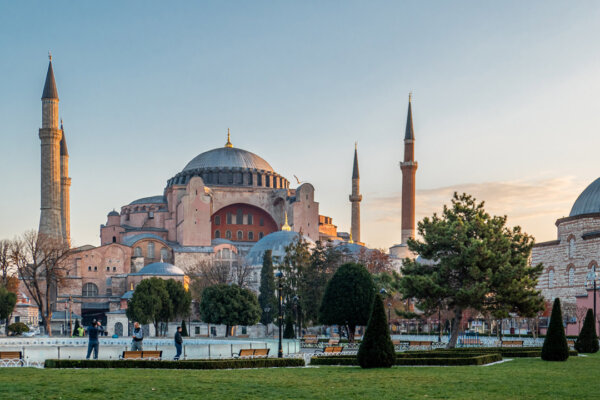

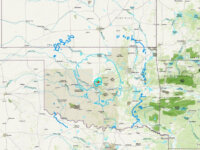



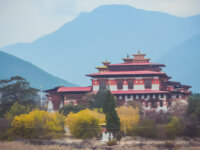










[…] Readmore: The Great Mosque of Hagia Sophia in Turkey – Everything You Need to Know. […]